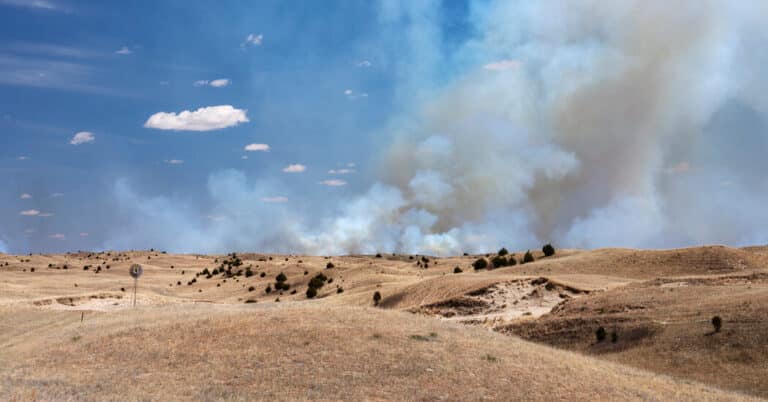And yet, for decades now, discussion about the Green Glacier has been largely relegated to the dusty confines of trade journals and agricultural conventions. Perhaps this is because the vast majority of our remaining grasslands are privately owned. Perhaps, as our forests burn and our levees break, there is little sympathy left for the livestock industry, responsible for roughly 15 percent of the world’s greenhouse gas emissions — never mind the many effects of tree encroachment that bleed far beyond the ranch. Or perhaps, as one of Cather’s New York critics once said, or so she claimed, “I simply don’t care a damn what happens in Nebraska, no matter who writes about it.”
If America wants to preserve what’s left of Cather’s spiritual homeland, something greater than what Dr. Twidwell calls “postage-stamp prairies,” then “the clock is ticking,” he said. The good news is that prescribed fire, where done repeatedly, has proved to effectively halt the Green Glacier’s spread. In fact, the Loess Canyons Rangeland Alliance, a group of neighboring landowners in southwestern Nebraska, is one of the first documented groups to halt the encroachment on a regional scale.
And yet far too many landowners refuse to burn, paralyzed by memories of wildfire, afraid of the liabilities attached to setting their pastures ablaze. While the Agriculture Department’s Natural Resources Conservation Service in 2021 released its first-ever biome-scale “framework” to protect the Plains’ remaining grasslands, what it calls “the world’s most imperiled and least conserved ecosystem,” it is a far cry from the sort of top-down federal efforts to convert prairie to forest that led us here, however unwittingly. The framework, based on the latest science by Dr. Twidwell and other rangeland ecologists, aims primarily to defend and expand the “grassland cores” through prescribed fire and other practices partly subsidized by the federal government and others. In the end, however, these efforts rely on private landowners’ willingness to adopt them.
Not long ago, while reporting on the invasion, I buried myself in bluestem at the Willa Cather Memorial Prairie, just south of Red Cloud, Neb., where the novelist spent most of her childhood. At just 612 acres, it is a postage stamp, to be sure. Still, it has never been plowed and looks much the way it did when Cather lived here — not by the grace of God, mind you, or the spirit of Cather. The grass billows and the prairie swells because the Willa Cather Foundation sets it ablaze when circumstance allows. Since 2006, the foundation has removed approximately 10,000 invasive trees, many of them Eastern redcedar, via cutting and prescribed burns.
But for a moment, I set all that aside. I watched the grass hum, so many stalks buff and bending in the February wind. I watched the clouds feather and flow. Like Jim Burden in “My Ántonia,” I was, for a moment, “entirely happy.”


